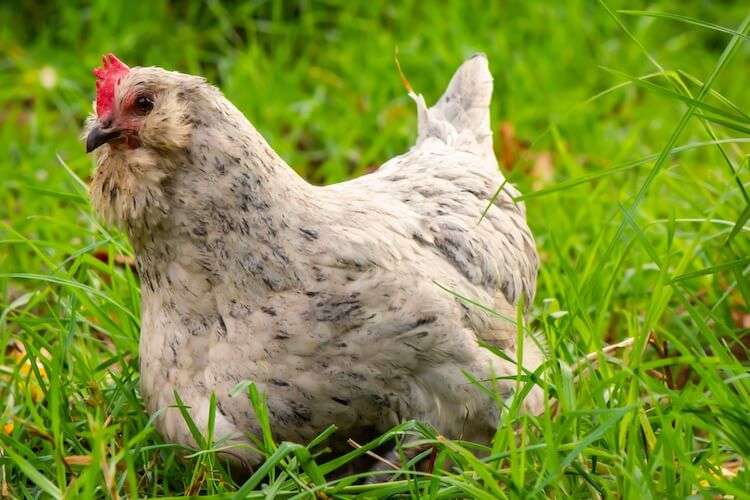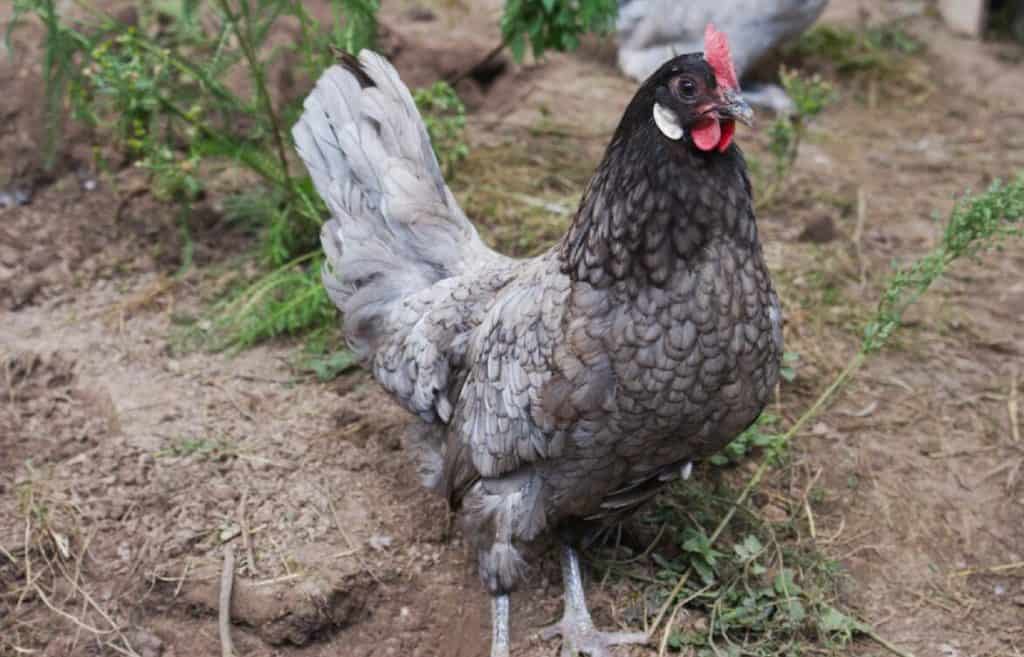
A chicken crossbreed with sex-linked coloring is called the ISA Brown. It has genes from a variety of breeds, the list of which is a carefully held secret, and is believed to be the product of a complex series of hybrids, including but not limited to Rhode Island Reds and Rhode Island Whites. It is renowned for producing a lot of eggs, up to 300 per hen in the first year of laying.
Description
Due to the lack of an established breed standard for hybrid chickens, certain characteristics, including the color of her feathers, can vary. Her thin profile suggests that she was raised exclusively for eggs and is not a breed with mixed purposes. Her skin is a yellowish tone, and their backs have a medium width and a U-shaped profile. Red can be seen in the wattles, one comb, and ear lobes. On the underside, their feathers are red to light buff, and their beak is thick and horn-colored. Her tail is held at around a 45-degree angle while she walks around. She should have four toes on each foot, and her legs are yellow in color and free of feathers. ISA browns are brown, as suggested by their name. The colors that best describe them are crimson, chestnut, or honey. This breed’s under feathers typically leech into the main hue and are on the lighter side, a light buff tint. Although ISAs are a little bit lighter, their coloring is comparable to that of a Rhode Island Red.
As Pet
The Isa Browns are adorable, lovable critters. extremely amiable, kind, serene, and submissive. They become a cuddly friend for kids and the entire family as a result. They are extremely sociable birds. They also like to go on adventures and cuddle on laps.

Housing
It is important to keep in mind that, in a commercial caged egg environment, at least six chickens would share a space that was 1 m broad and 50 cm deep with no genuine nesting place (or access to natural light really). As ISA Browns are a slim and diminutive bird, 4 square feet per bird will do splendidly for them in terms of coop area. However, more coop space is preferable if you do not allow the animals go free.
As you are aware, coops that are too small or crowded can encourage antisocial behaviors like feather picking. The ISAs only require an average of 8 to 10 inches of perch space. To let them choose where to roost, you can provide them a range of heights. The typical 12 by 12 inch box will work just well for these ladies as nesting boxes. They won’t spend the entire day there because they don’t tend to be brooding.
Feeding
They should be fed a high-quality crumble that contains at least 20% protein when they are chicks. This should be given to them up until they at least have all of their feathers. Typically, you should continue using 20% until they reach the point of lay, which occurs at roughly 16 to 20 weeks. It is totally up to you whether you provide free feeding or set feeding hours. Free feeding shouldn’t be an issue because ISAs are not known for being overeaters.
Temperament
The ISA brown has a warm, affectionate, and submissive disposition. They are a rather quiet hen, making them well suited to backyard living. They adore being handled and cuddled and are considered to be loving with their owners. They frequently hop into your lap unexpectedly to enjoy some attention and treats. ISAs do well in confinement but enjoy scavenging for bugs and other delectable treats.
Table





